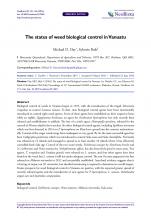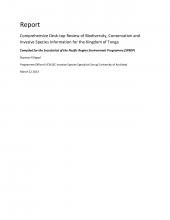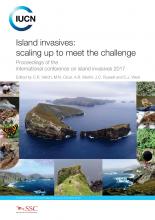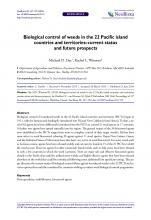Island invasives : scaling up to meet the challenge.


Island and Ocean Ecosystems, BRB
Available Online
Clout, M.N.
,
Martin, A.R.
,
Russell, J.C.
,
Veitch, C.R.
,
West, C.J.
2019
The papers in this volume were, with a few exceptions, presented at the third Island Invasives conference, held in Dundee, Scotland in July 2017. The papers demonstrate up-scaling in several aspects of eradication operations not least in ambition, land area, operational size, global reach and of course financial cost. In the space of a few decades, the size of islands treated for invasive species has increased by five orders of magnitude from a few hectares to over 100,000 ha or 1,000 km2. Meanwhile, the diversity of species being tackled has increased, as has the range of countries now actively carrying out island restoration work. Inspired by pioneers from New Zealand and Australia, principally, today the movement has spread to islands in all oceans and off all continents. This expansion has been informed by, and has in turn produced, growing experience in all aspects of this field, from non-target impacts to ecological responses to factors affecting eradication success. A major aim of publishing these Proceedings is to inform people who are, or will in the future be, planning new projects to free islands of invasive species. Regardless of its location or the target species involved, each successive operation builds on the experience of those who have gone before, and the papers in this volume represent an invaluable wealth of such experience.









